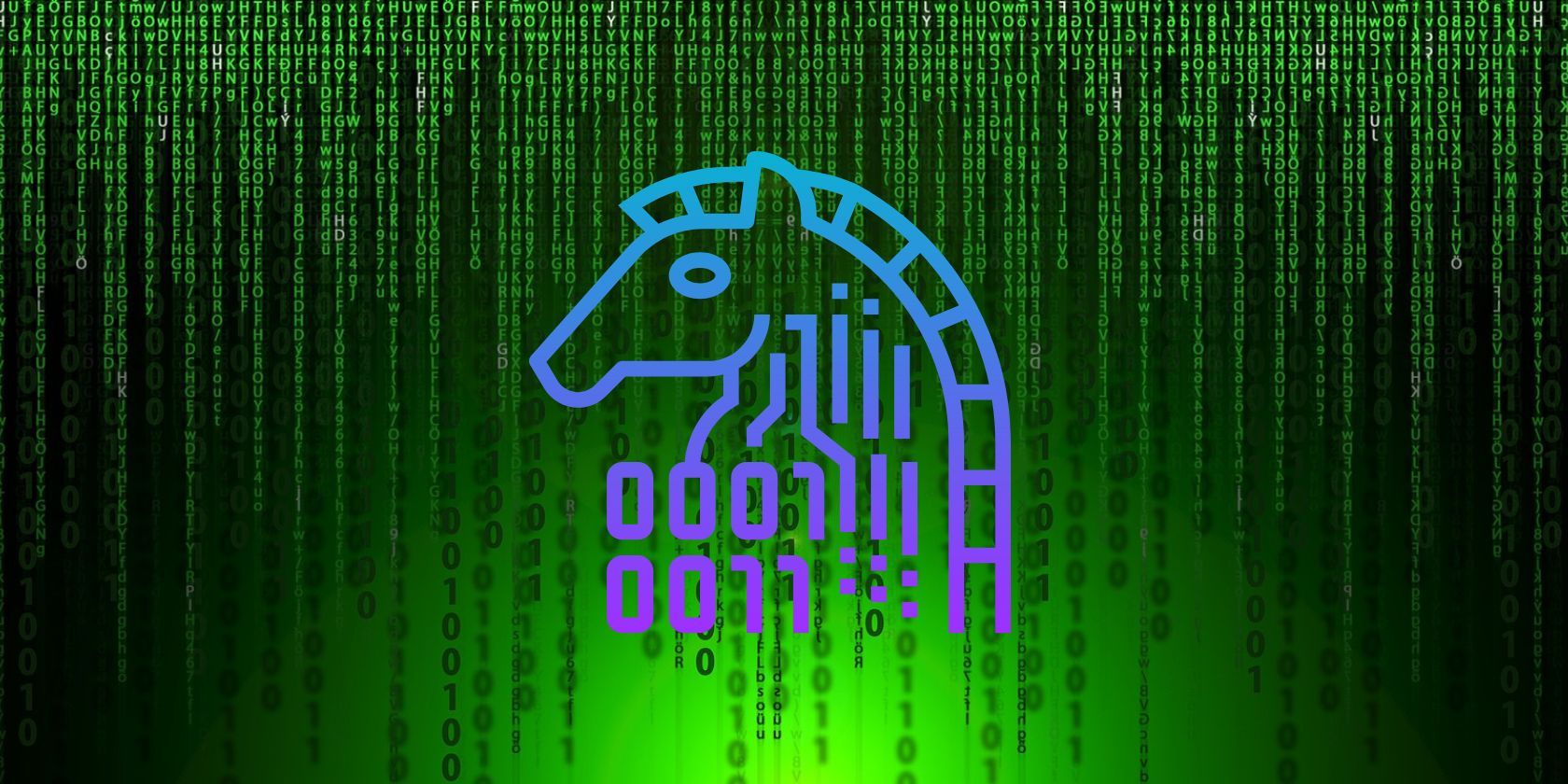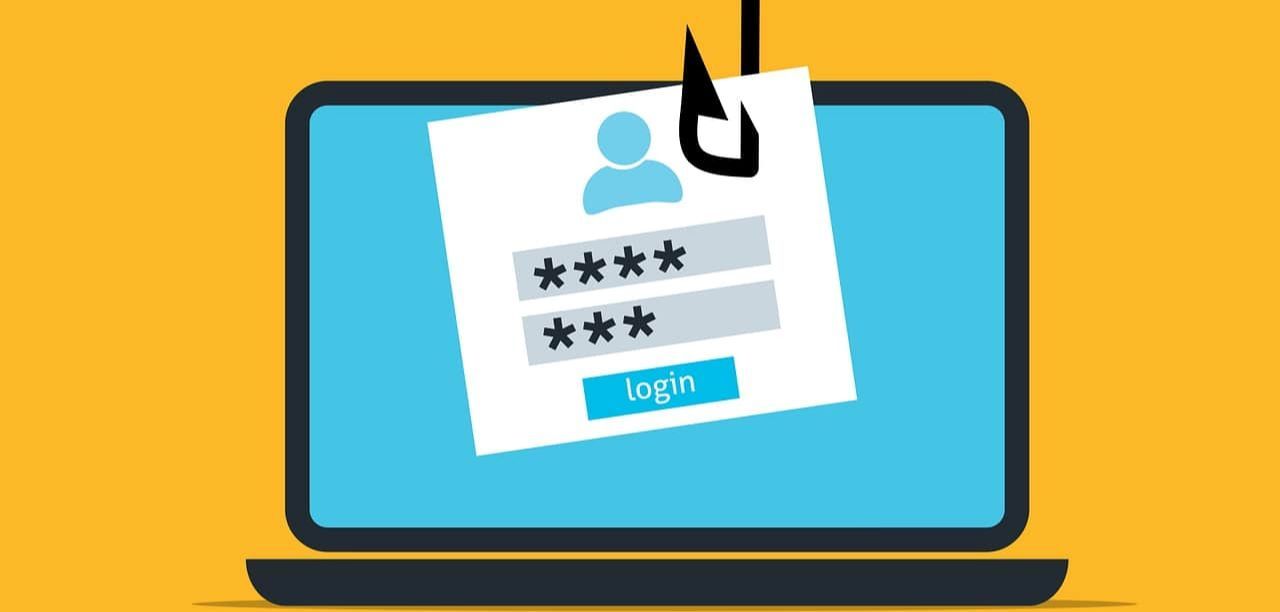A salami attack can devastate individuals and organizations. It is an underhanded method of stealing small amounts of money or data from numerous people or businesses, often without the victims being aware of the theft.
Salami Attacks Explained
In a salami attack, attackers make small, incremental changes to a system to steal small amounts of money or resources. The changes are often so small that they go unnoticed, but they add up to a significant amount when totaled.
This attack gets its name because it is similar to slicing a salami thinly, with each slice small adding to a larger whole. The first mention of a salami attack was in the 1940s, when a group of programmers from the Soviet Union stole funds from the government, manipulating transactions and raking home lots of cash.
Salami slicing (another name for salami attacks) can also involve breaking a significant goal into smaller, more manageable pieces and working on each part separately. This can make it easier to achieve the overall plan and can also make it less noticeable to others.
Also called penny shaving, these attacks can be difficult to detect because the changes are often subtle, and the hacker may be able to cover their tracks by disguising the attacks as legitimate.
How Does a Salami Attack Work?
A user with high-level access to a network can carry out a salami attack by installing a Trojan Horse that automatically rounds off a customer's funds during a transaction. Most customers assume the deductions are transaction fees. This is because attackers make the round-off as low as possible to avoid detection.
Two tenets are useful in salami slicing:
1. Stealth
Salami slicing often involves making changes difficult for others to detect or object. This may include hiding the changes in complex, hard-to-understand documents or making the changes when they are less likely to be noticed.
Sometimes financial institutions are responsible for the attacks on their customers, trying to sneak in shady not-so-legal transactions in the fine print of financial documents. So in the unlikely event you notice these deductions, there is little you can do since you signed these documents yourself.
2. Persistence
Salami slicing often requires persistence, as it may take a long time to make enough small changes to achieve the overall goal. This can involve carrying on, even in opposition or resistance.
It may be necessary to come up with justifications or explanations for each change to make it seem more reasonable or necessary. This can involve presenting the changes as minor, insignificant, or necessary.
Types of Salami Attacks
Several types of salami attacks are commonly used in cybercrime.
Financial Salami Attacks
This is the most common form. These attacks involve the theft of small amounts of money from many accounts, intending to remain undetected.
Financial salami operations could include credit card skimming. This involves the installation of a device on a credit card terminal that captures the data from the magnetic stripe on a credit card as it is being processed. The captured data is then used to create counterfeit credit cards or make unauthorized charges on the original card.
Another form of financial salami attacks is ATM skimming, which involves the installation of a device on an ATM that captures the data from the magnetic stripe on a bank card as it is being inserted into the machine. The captured data is then used to create counterfeit bank cards or make unauthorized withdrawals from the account.
Payroll fraud, another type, involves altering an employee's payroll information, like their bank account number and direct deposit amounts, to divert a portion of their salary into the attacker's account. Similarly, invoice fraud involves altering the details of an invoice to divert funds intended for a legitimate vendor into the attacker's account. Additionally, in an investment fraud, fake or misleading information is used to convince victims to invest in a fraudulent scheme, resulting in the theft of their investment funds.
Information Salami Attacks
These attacks involve the theft or alteration of small pieces of information from many accounts to remain undetected.
CPU Salami Attacks
These attacks involve the use of malware to secretly consume small amounts of a computer's processing power.
Network Salami Attacks
These attacks involve the use of malware to consume small amounts of a network's bandwidth, intending to remain undetected.
How to Protect Yourself from a Salami Attack
There are several ways that you can protect yourself from a salami attack.
Use Unique Passwords
Use secure, unique passwords for your accounts. Utilizing the same password for multiple accounts makes it easier for a perpetrator to access your accounts if they manage to obtain your password for one of them. Using a password manager to help you create and manage strong, unique passwords for all of your accounts is also a good idea.
Enable Two-Factor Authentication (2FA)
Enable 2FA on your accounts that offer it. 2FA offers an added layer of security. With 2FA, you have to enter a code sent to your phone or email in addition to your password when logging into an account. This makes it much more difficult for someone to access your account, even if they manage to obtain your password.
Use Up-to-Date Software
A firewall helps to protect your computer or network from unauthorized access, while antivirus software can detect and remove malware from your system. It is a good idea to keep both of these tools up to date and to run regular scans to help protect your system from malicious software.
Additionally, installing updates for your operating system and other software can help to protect you against vulnerabilities that attackers may exploit. You should also keep your devices, such as your computer and phone, up to date with the latest security patches.
Avoid Unknown Links
When you click on links or download attachments on insecure web pages, be cautious. Also, look out for mail that contains suspicious links or attachments, as these may be used to deliver malware or to trick you into giving away sensitive information. Only click links or download attachments from sources you trust.
Keep an Eye on All Your Accounts
Monitor your accounts and credit reports regularly. Keeping an eye on your accounts and credit reports can help you to detect any unusual activity or unauthorized charges. If you find anything unusual, report it to your bank or credit card company immediately.
Beware of Phishing
Attackers commonly use phishing attacks to trick people into giving away sensitive information, such as passwords or credit card numbers. Be on the lookout for suspicious emails or website links, and do not provide personal information in response to unsolicited requests.
Don't Be a Victim of Salami Attacks
Salami attacks are becoming very popular, with threat actors devising new ways to siphon your funds. You can protect yourself from a salami attack and other cyber threats by following the above steps.
It would be best if you were on the lookout for these attacks. Take steps to secure your accounts and personal information to protect yourself and your network.



.jpg)

